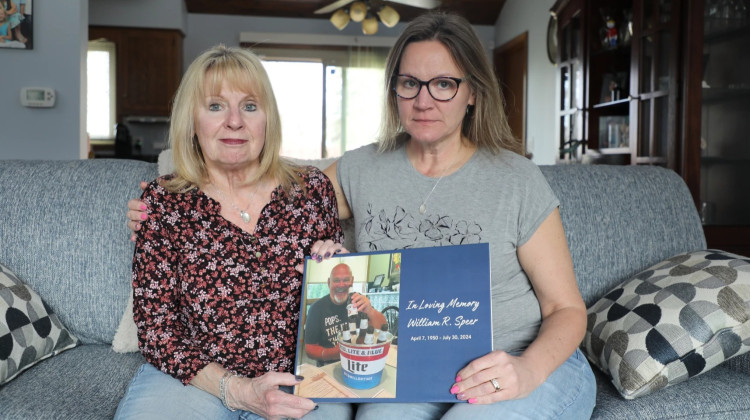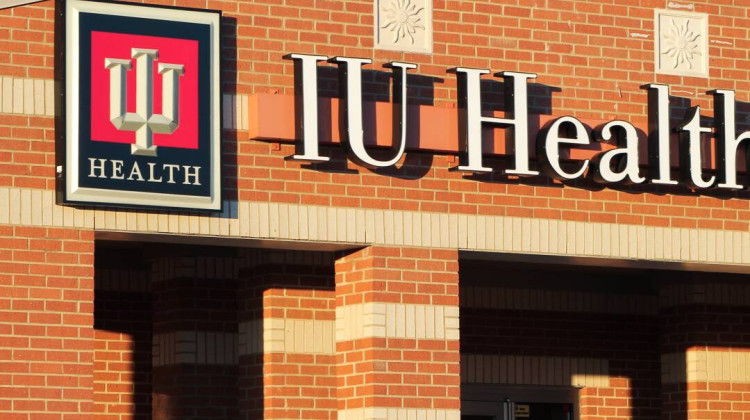
Officials have focused on making the opioid antidote Naloxone, also called Narcan, as prevalent as possible.
Lauren Chapman/IPB NewsFentanyl continues to devastate communities across Indiana.
The Centers for Disease Control and Prevention released its provisional report on overdose deaths in 2021 across the United States. In Indiana, the number hit a record high for a second year in a row: an estimated 2,755 Hoosiers died of drug overdoses.
“Eighty-five percent of those are due to fentanyl,” said Douglas Huntsinger, the state’s executive director for drug prevention, enforcement and treatment.
The estimated 2,755 deaths represent a 21-percent jump from 2020, when lockdowns and the coronavirus pandemic pushed Indiana overdose deaths to a then-record of 2,272. Before 2020, the high was 1,835, set in 2017.
The state data follow national trends. The country also saw record overdoses in 2021, spurred by the pervasiveness of fentanyl.
“[Fentanyl is] not just in the market [itself] but being laced into other drugs as well,” Huntsinger said.
Fentanyl is a synthetic opioid that has come to fuel the nation’s overdose crisis. It was initially developed to treat pain from serious illnesses such as cancer, but it’s cheap and potent, so drug dealers mix it with other substances to provide a more powerful high. The U.S. Drug Enforcement Agency describes it as similar to morphine but “about 100 times more potent.”
“What we’ve seen in this area is an uptick of the ‘white fentanyl’ – that stuff will kill you,” Travis Jester, the director of recovery for the Jay County Drug Prevention Coalition, said. “When I was doing heroin, it was always ‘brown.’”
The Jay County Coalition provides recovery services for 12 counties in the eastern part of the state.
Jester says the coronavirus pandemic pushed many people back to bad habits, and recovery organizations have been trying to make up for those disruptions.
“If there was anything good to happen [from the pandemic] it was, ‘Oh, wow, we have a bigger drug problem than we thought,’” Jester said.
Officials have focused on making the opioid antidote Naloxone, also called Narcan, as prevalent as possible – placing “NaloxBoxes” and Naloxone vending machines in communities. The state is also dispersing hundreds of thousands of dollars in grants to help 21 counties coordinate drug prevention and recovery efforts.
“We’re also going to be receiving $506 million from the opioid distributors settlement that will be paid out over the next 18 years,” Huntsinger said. “The state’s share of that is $250 million [and] the other $250 million will go to local units of government for them to spend.”
Nationally, an estimated 107,622 people died of overdoses last year, breaking the previous record set in 2020.
 DONATE
DONATE






 Support WFYI. We can't do it without you.
Support WFYI. We can't do it without you.